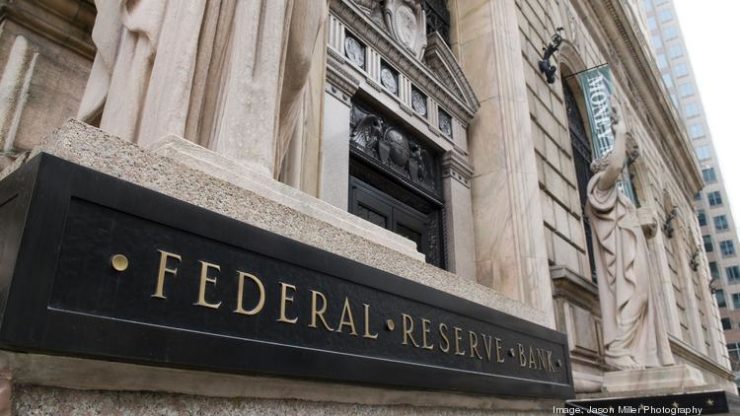Central Banks Will Buy More Gold; The US Dollar Will Retain Its Position

Kitco News – Global central bank interest in gold is growing and has room to grow according to one former senior executive at the New York Federal Reserve.
That growing sentiment could be felt during the London Bullion Market Association’s 2018 precious metals conference, which included more than 30 delegates from central banks around the world.
In an exclusive interview with Kitco News during the conference, Timothy Fogarty, international banking expert and former senior vice president at the New York Fed said that he could see more central banks buying gold as they diversify their assets and build up collateral in their foreign reserves.
“Gold will always have utility as an investment asset,” he said. “As an investor -central bank or not – if your portfolio grows large enough, you are going to diversify. And gold should undeniably be part of that diversification. That is classic good governance, good management.”
“Gold’s niche is that it’s nobody’s liability,” he added.
Fogarty said that he sees the potential for further central bank diversification as a years-long process that should continue to support gold prices.
Although Fogarty sees potential for the yellow metal, he also said that he does not expect the U.S. dollar to lose its status as the world’s reserve currency anytime soon. Although central banks are buying gold, Fogarty pointed out that in a financial crisis the demand is still for U.S. dollars.
“During the last financial crisis, I don’t think we saw any monetization of central bank gold to provide the necessary liquidity to markets and the banking systems. The need, globally, was for U.S. dollars,” he said. “The dollar’s role in the world is still strong and I don’t see that changing in the long term.”
Fogarty noted that by law the Federal Reserve is not allowed to hold gold. The U.S. Treasury manages the nation’s gold reserves. He added that he doesn’t expect that the U.S. government will be changing any policies concerning the gold reserve, nor adding to its gold holding.
For central banks that are buying gold, Fogarty had some advice, which he admits might sound a little controversial given the trend for central banks to pull gold reserves back to their own locations: keep the gold in a major financial hub.
Fogarty admitted that gold can have a visceral hold on a nation’s psyche and for some that might translate into the notion that it’s essential that gold be kept within their country’s sovereign borders. However, Fogarty said that such gold may end up being nothing more than window dressing.
“If you have to mobilize your gold in a crisis you want to be able to do it very quickly, safely and in an efficient and cost-effective manner,” he said. ‘That might be pretty hard to do, especially in extremis, if the gold is not held within a major financial center.” Gold location would also become very important if the gold lending market were to recover to the point of being economically advantageous to central banks.
Another somewhat controversial question Fogarty raised is why central banks need to hold physical gold. He added that gold-backed exchange traded products (ETFs, for example) might be another way for central banks to gain exposure to gold’s investment properties.
A current U.S. central bank executive also voiced support for the yellow metal during the conference. Ray Testa, currently a senior vice president of the Markets Group at the New York Federal Reserve, noted in his welcome message to delegates that gold and U.S. history are entwined and observed that “…gold plays a necessary part of a balanced portfolio,” he said.
